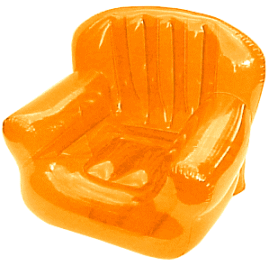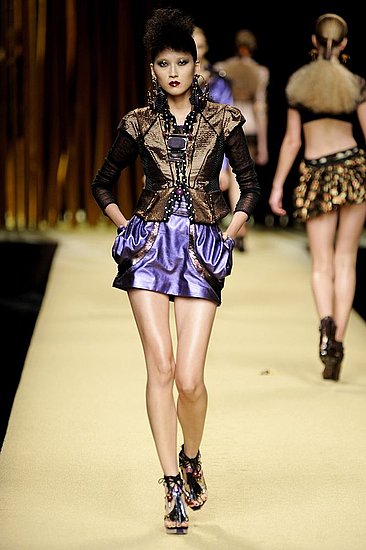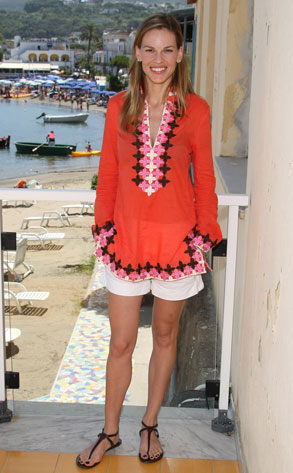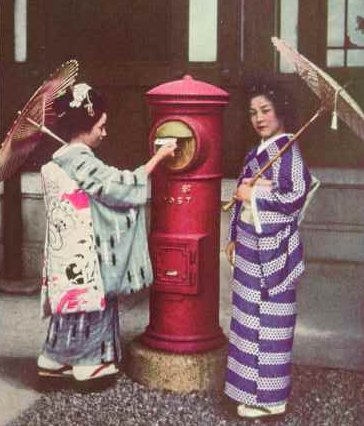Quality vs. Quanity
The two main things that have been affected by the diminishing housing market are quality and quantity. Not only has home quality gone down, because every contractor is trying to build the cheapest home and still make money, but they quantity of homes being built and the contractors building them has gone down significantly. If homes are not selling and homes are not being built then people are losing money and they are losing jobs.

In regards to home furnishings it's the battle of the Q's. Again quality vs. quantity comes into play again when people are buying furnishings for their newly purchased homes.
The first group of people are buying quality homes and either buying cheaper furniture to compromise with their expensive home, or just not buying as much furniture as the usually might. These people have adopted a mentality along the lines of not caring so much about the quality of the inside of their home, so long as the outside looks nice. Some people might do a combination of the two.

The second group of people are buying less expensive homes in hopes to lavishly furnish them. Whether the home is smaller or just of lesser quality I do not know, but their are people spending less on homes in hopes of decorating them the way they wish on the inside.

My personal thoughts would be to have a combination of quality and quantity. No one wants an ugly house on the outside, or a tacky house on the inside. So, to solve this problem with the modern economy in mind, one must opt for the smaller home in hopes to furnish it elegantly.















 (issmatblog)
(issmatblog)














